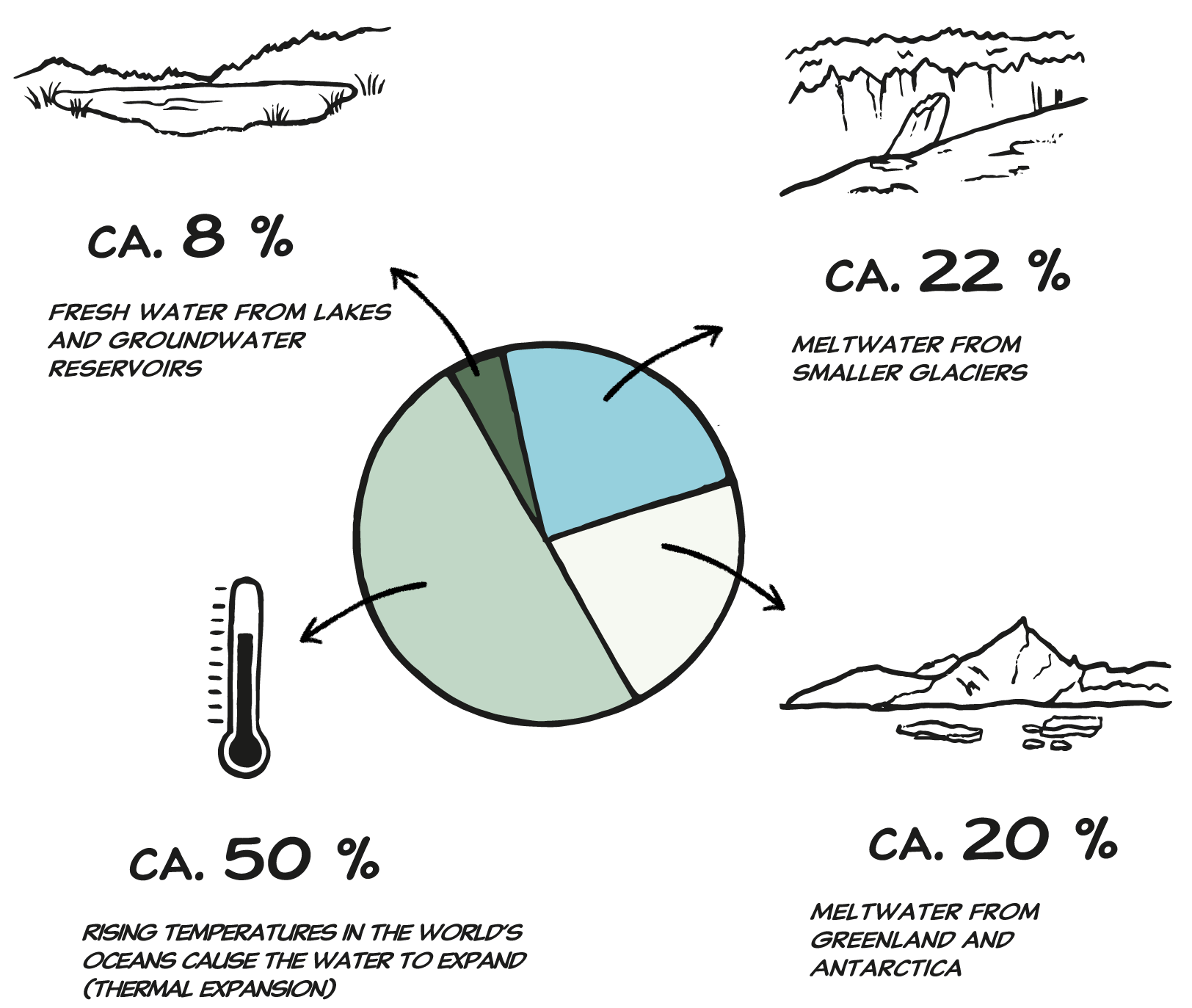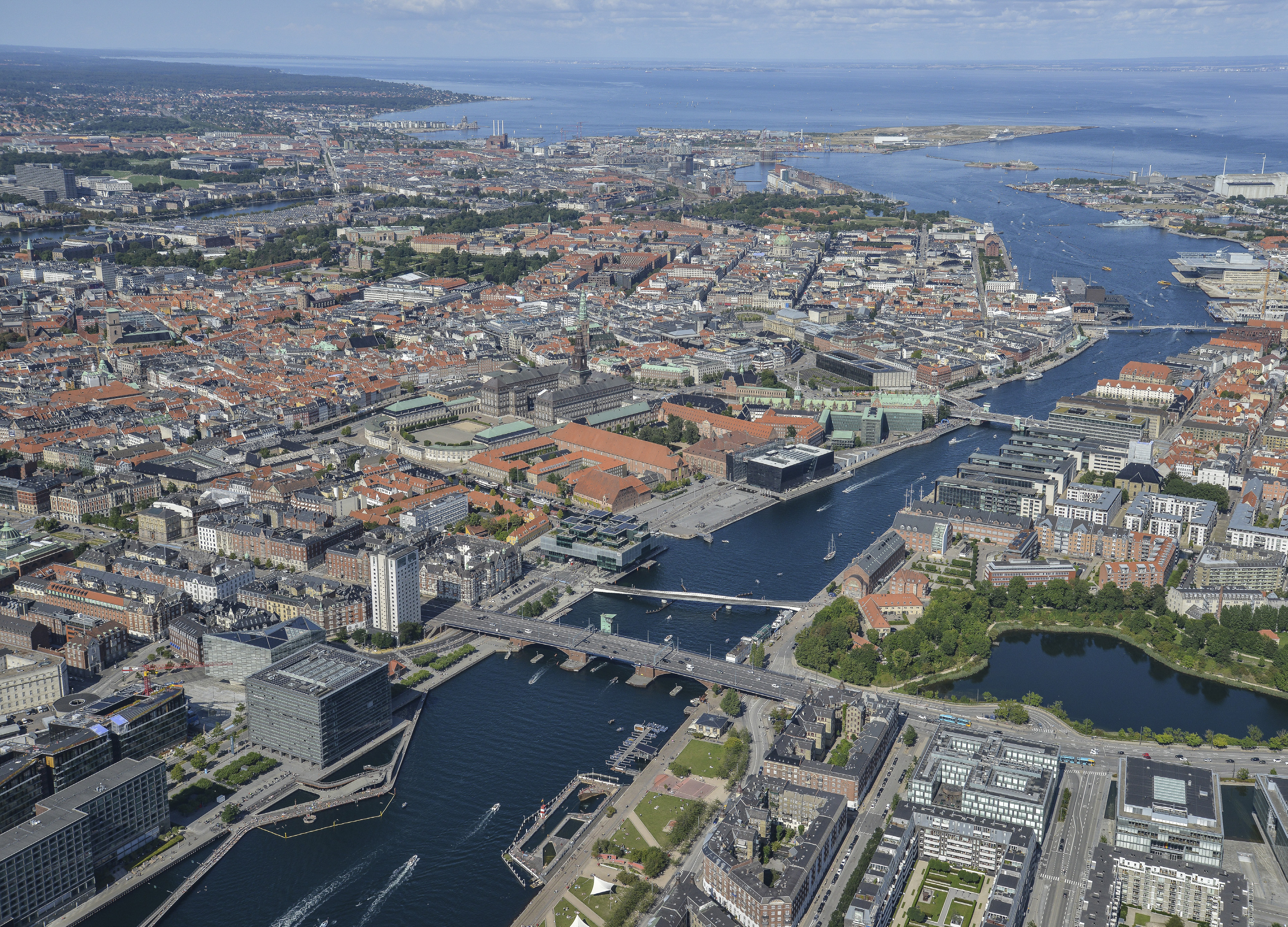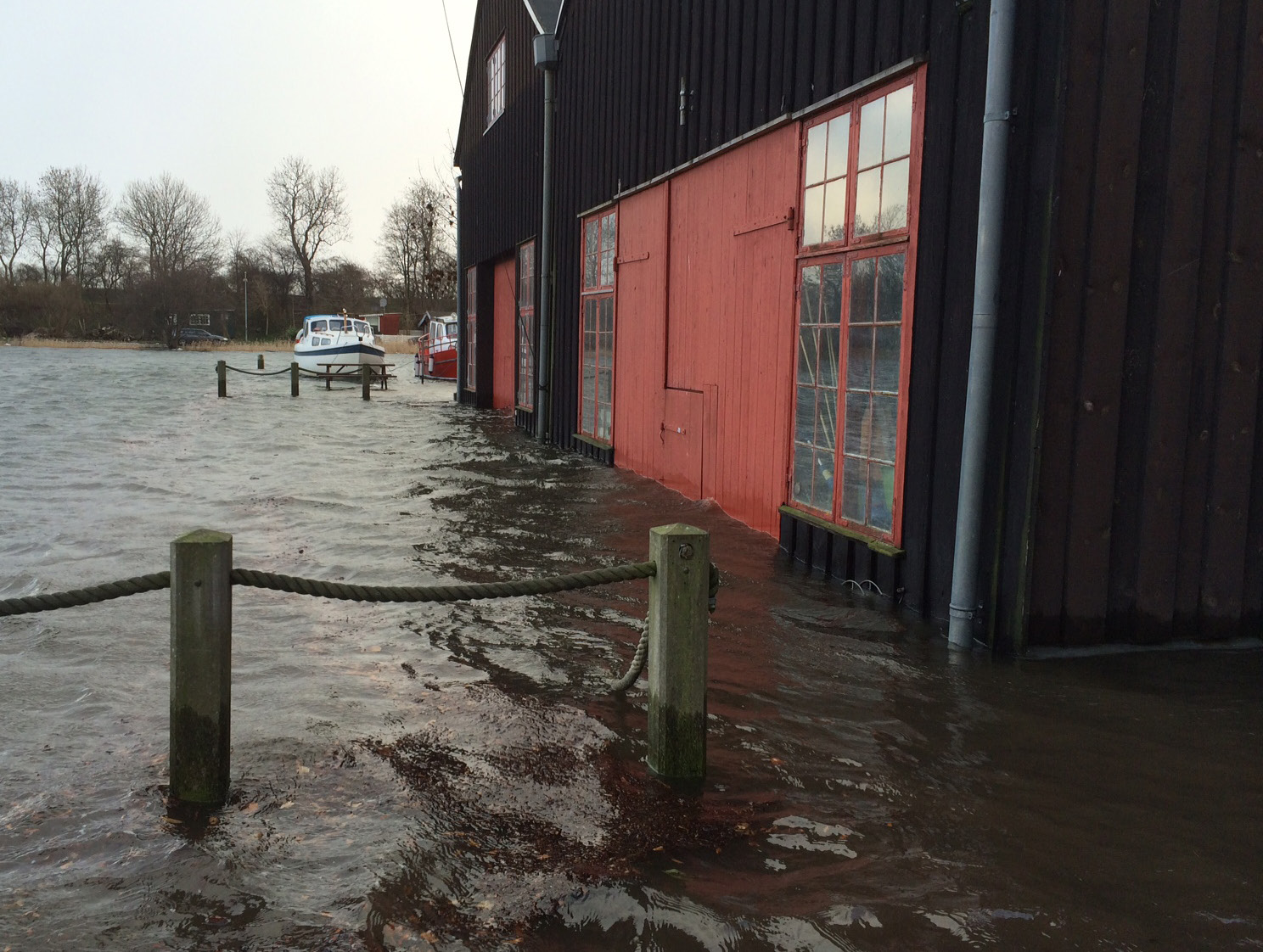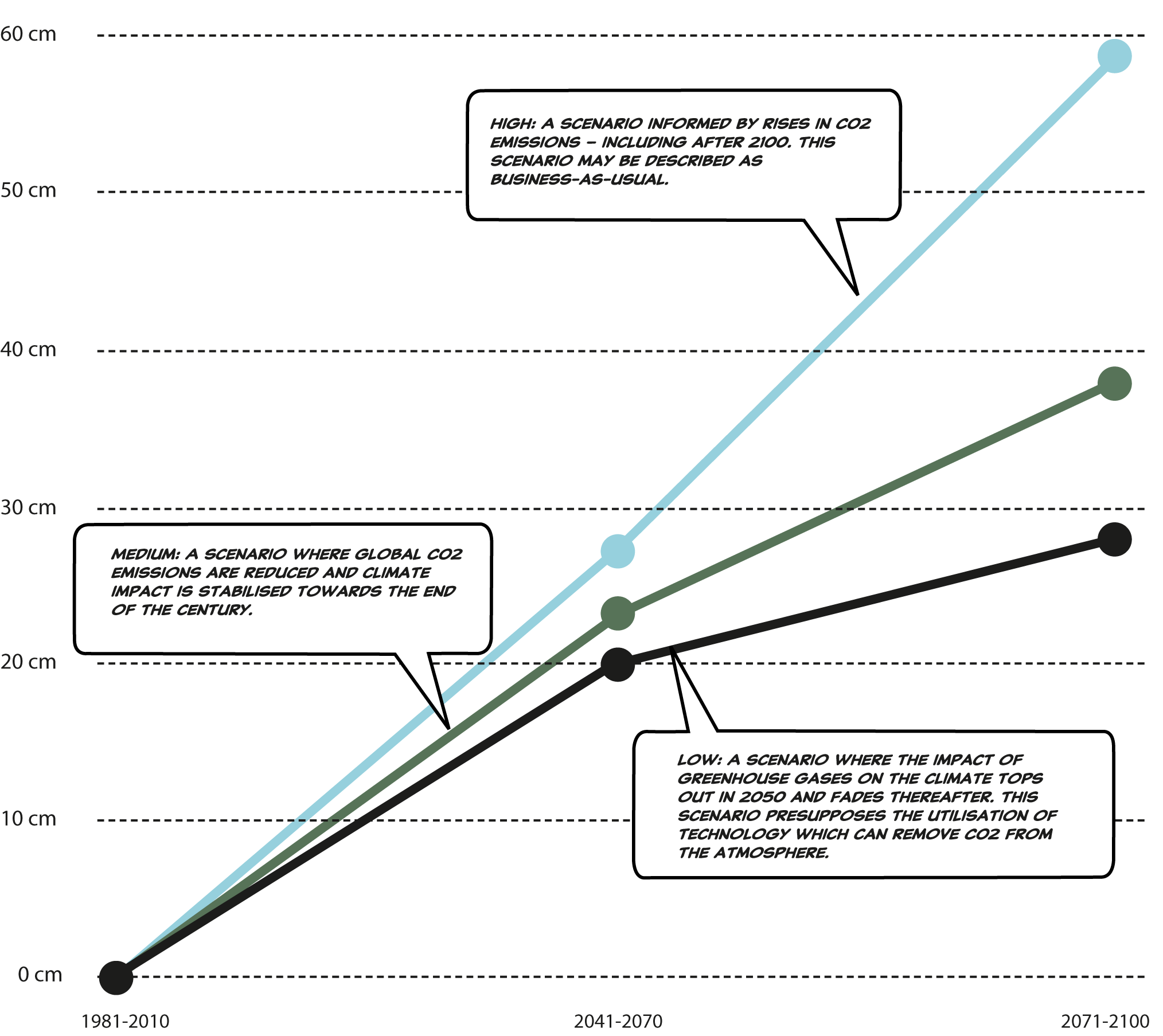In the future, we expect to experience rises in sea levels in step with global warming.
There are a number of reasons why world sea levels – including the sea around Copenhagen – are rising.
The most important factors are rising water temperatures, which cause the water to expand, and the melting of the ice caps and glaciers. But the amount of fresh water on land also plays a role.
Causes of rising sea levels worldwide since 1971 in terms of percentages


From 1900 until the present, the average global sea level has risen by 20 cm.
In Øresund – the channel forming Copenhagen’s coastline – the sea level has risen by 7-8 cm over the same period.
The rise in sea levels outside of Copenhagen is smaller than in other areas because post glacial rebound following the last ice age has meant that the rising of the land has outstripped the rises in sea levels until recently. Now the pace of sea-level rises has increased.

Harbour of Copenhagen

The storm ‘Bodil’, December 2013. Holmen, Copenhagen
Photo: Lars Anker Agantyr

Denmark is a nation of islands with unusually extensive low-lying areas and a coastline that of more than 7,000 km. This makes the country vulnerable to sea level rises and flooding.
This vulnerability extends to Copenhagen, where large parts of the city are built on ancient, flat sea floor.
On a daily basis, the sea-level rises will not have serious consequences, but when a storm passes over the country, the increased water volumes will considerably escalate the risk of the city flooding, and this could, among other things, have a major impact on the metro, other critical infrastructure and, not least, several historic parts of the city.
Scenarios for rises in sea levels in the Øresund strait

Forecasts from DMI
Forecasts from the Danish Meteorological Institute suggest that water levels in the Øresund strait will continue to rise towards 2100.
The size of the increase depends on the future emission of greenhouse gases worldwide, but is expected to reach up to 60 cm if global warming results in an increased average temperature of just under 4 degrees.





